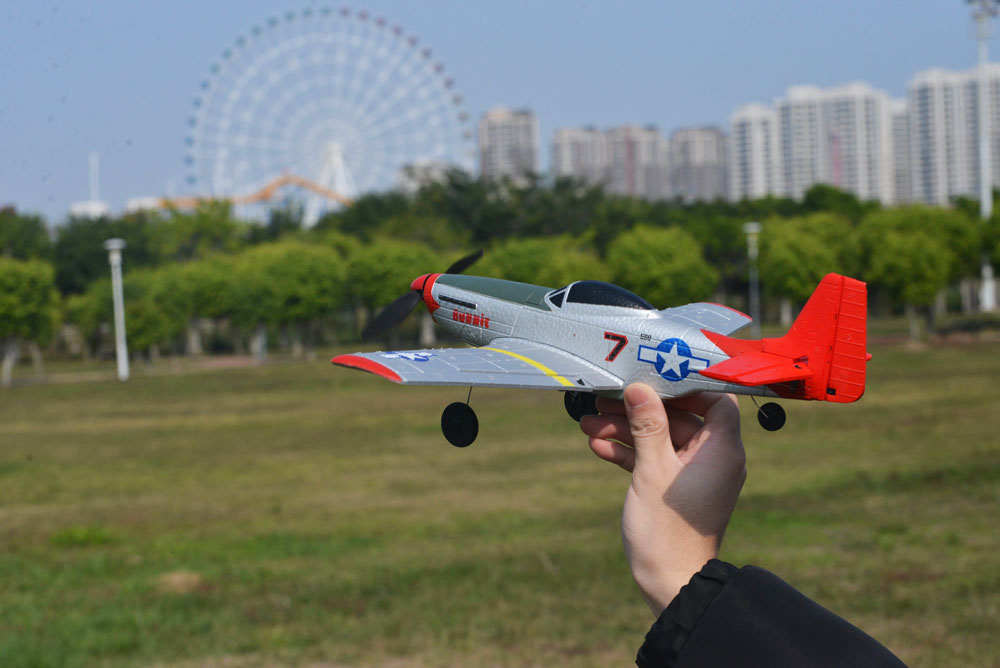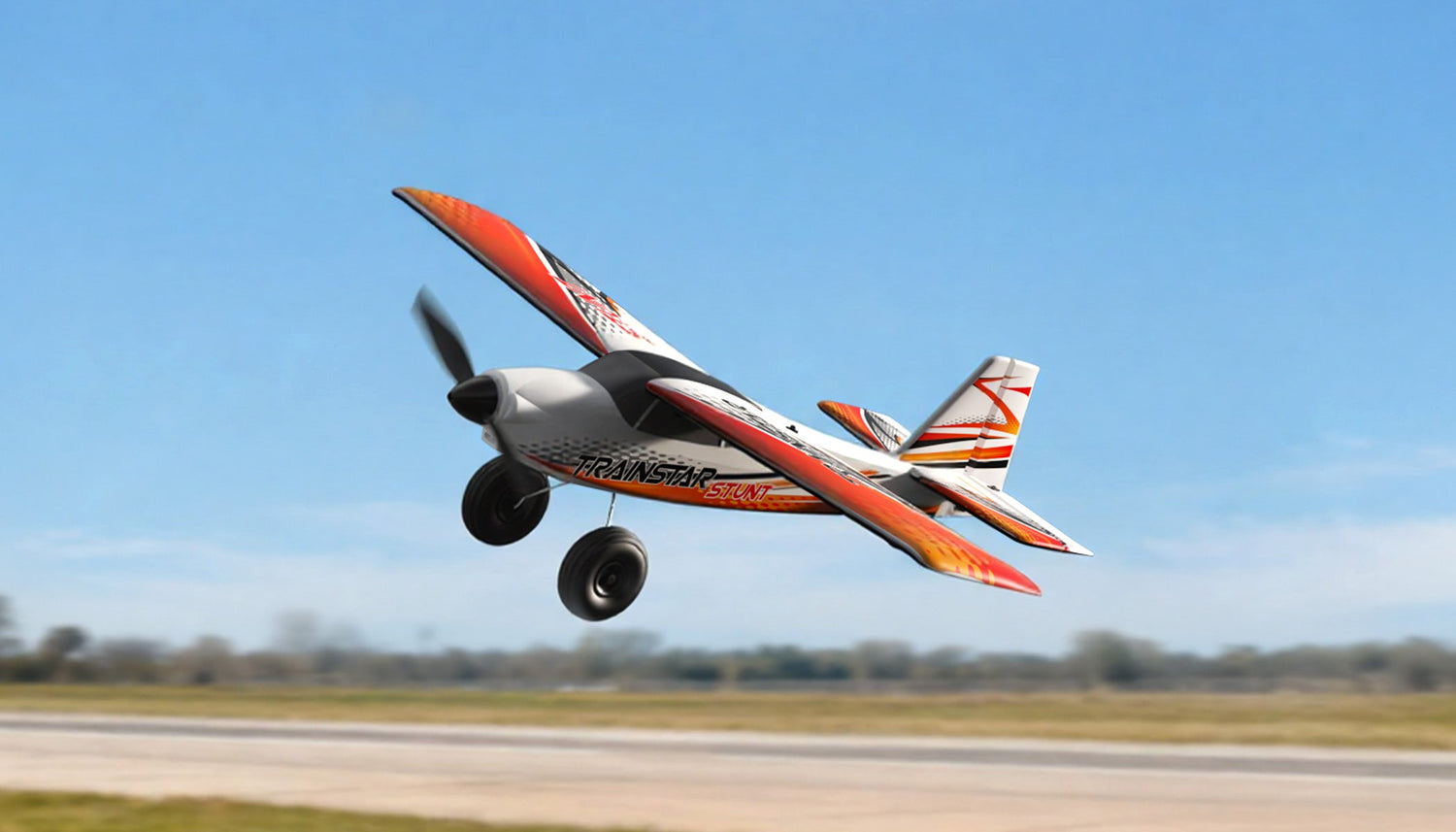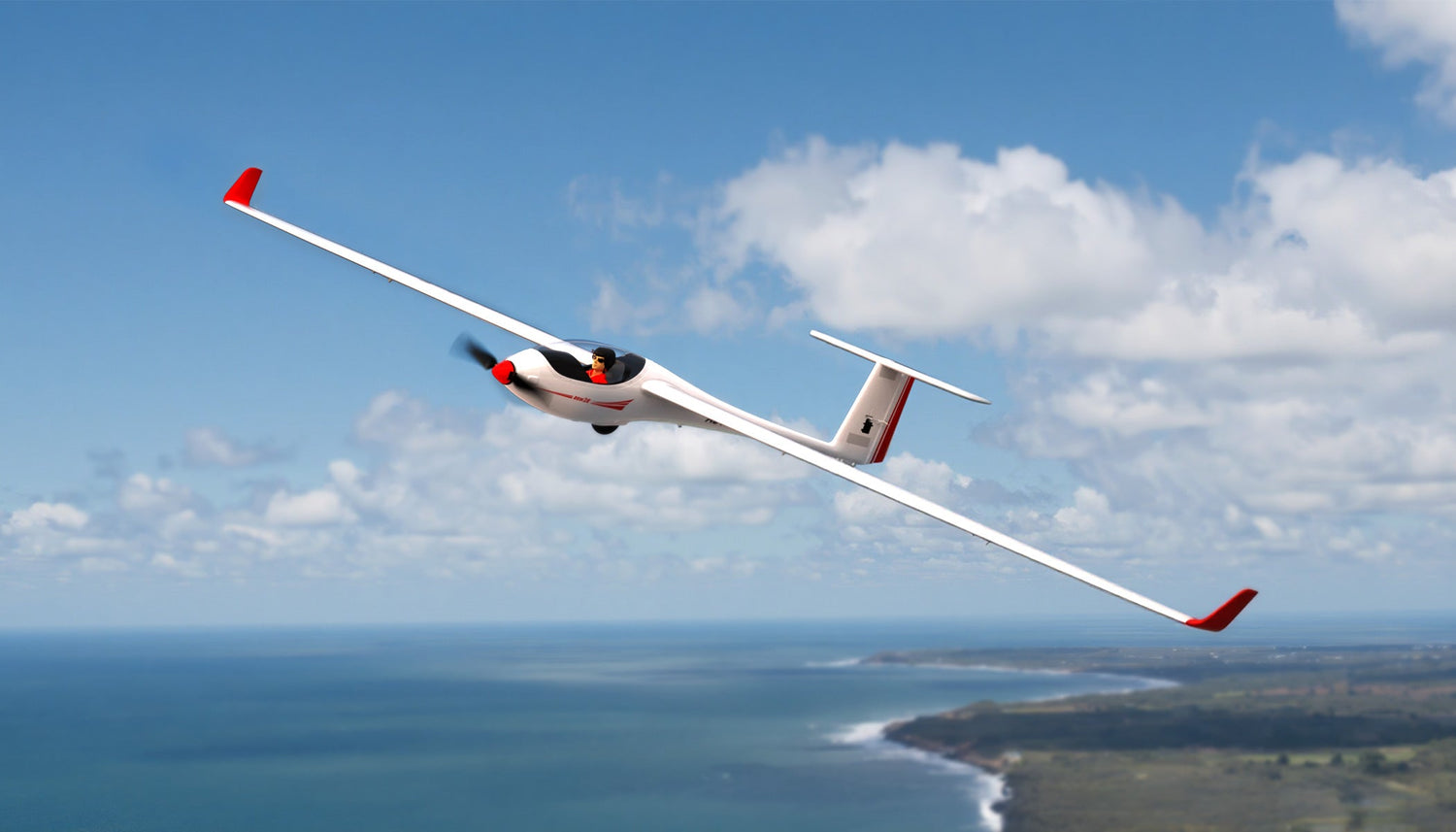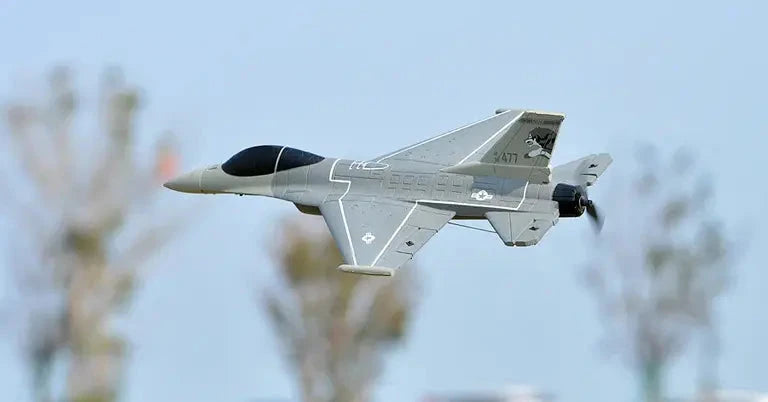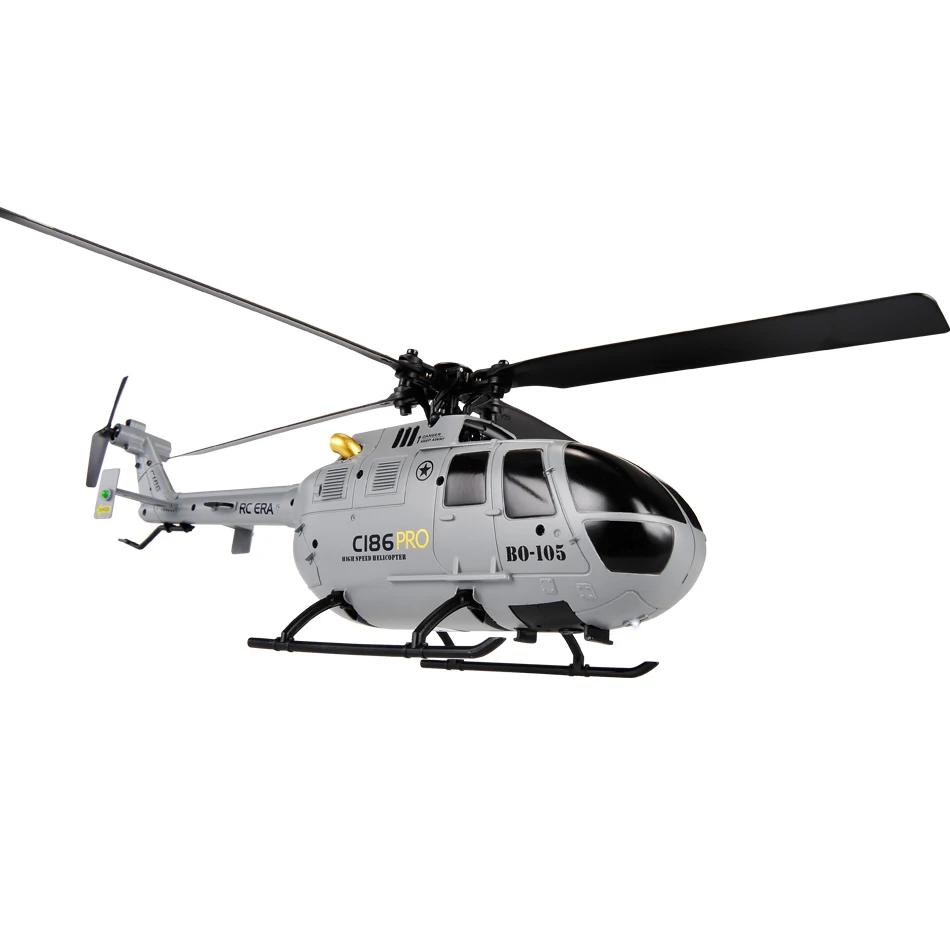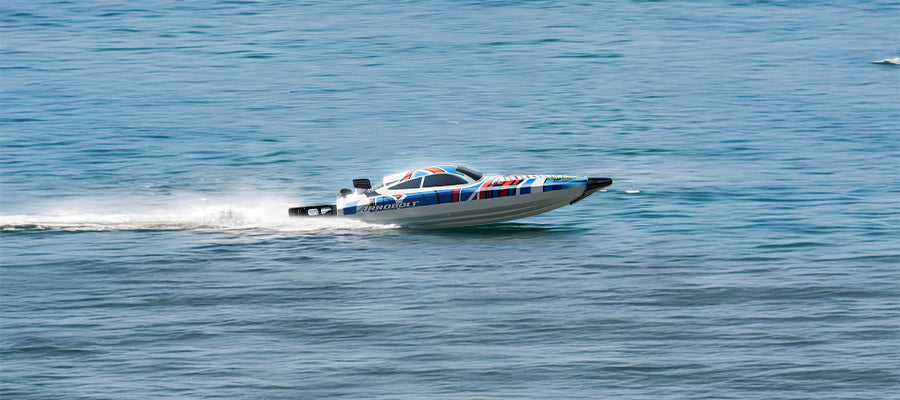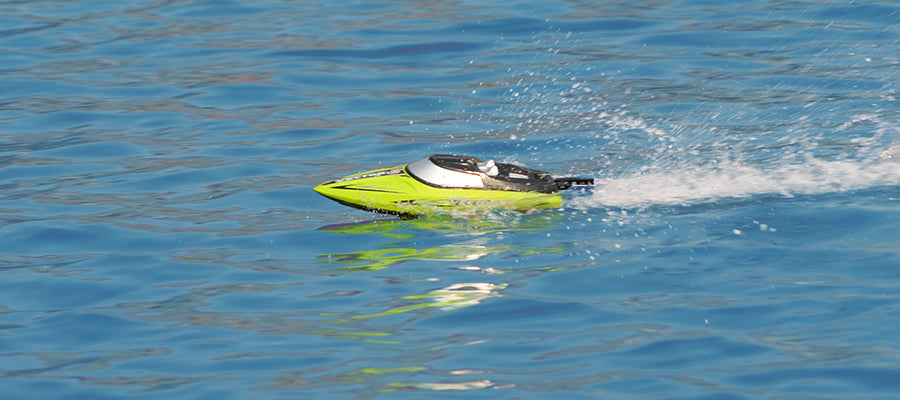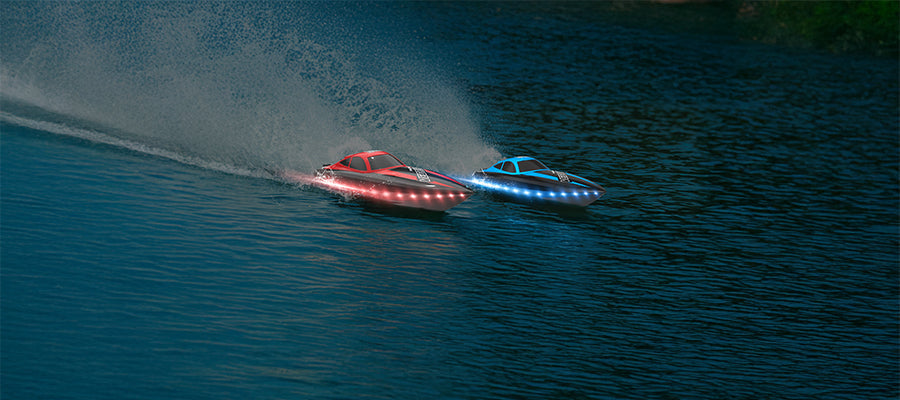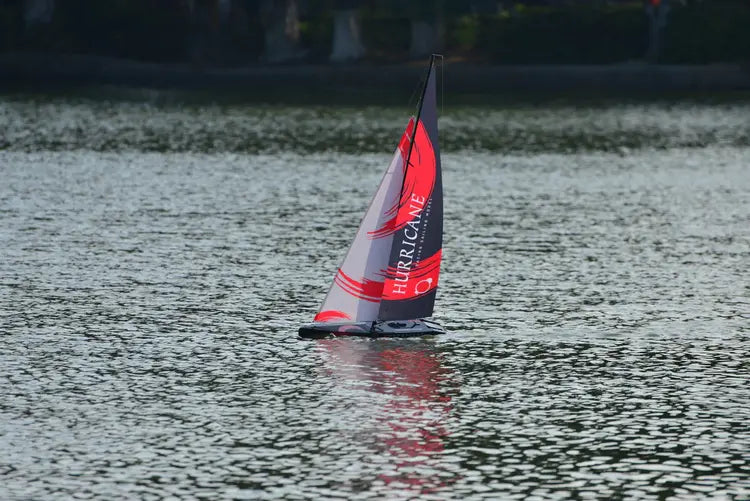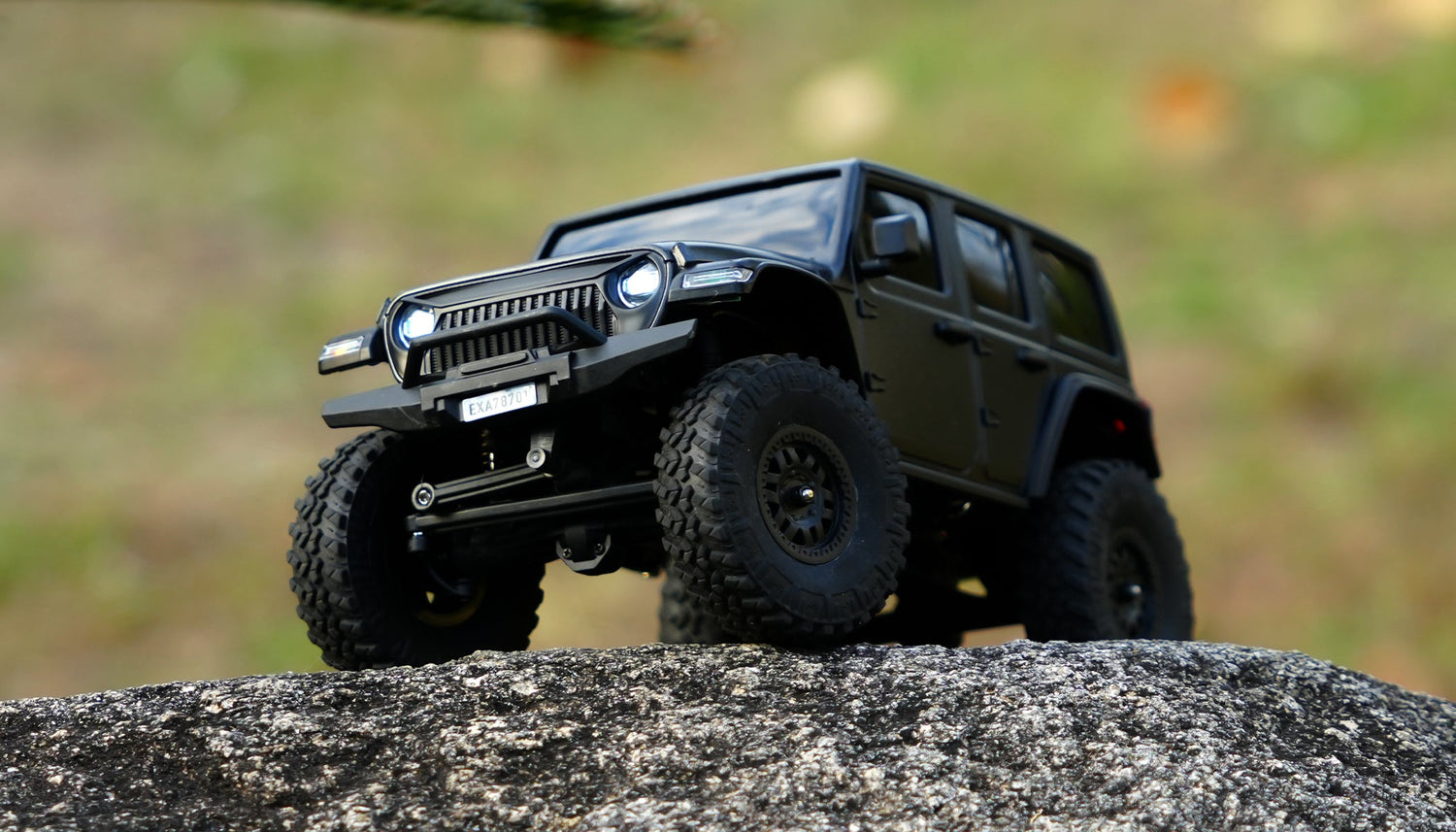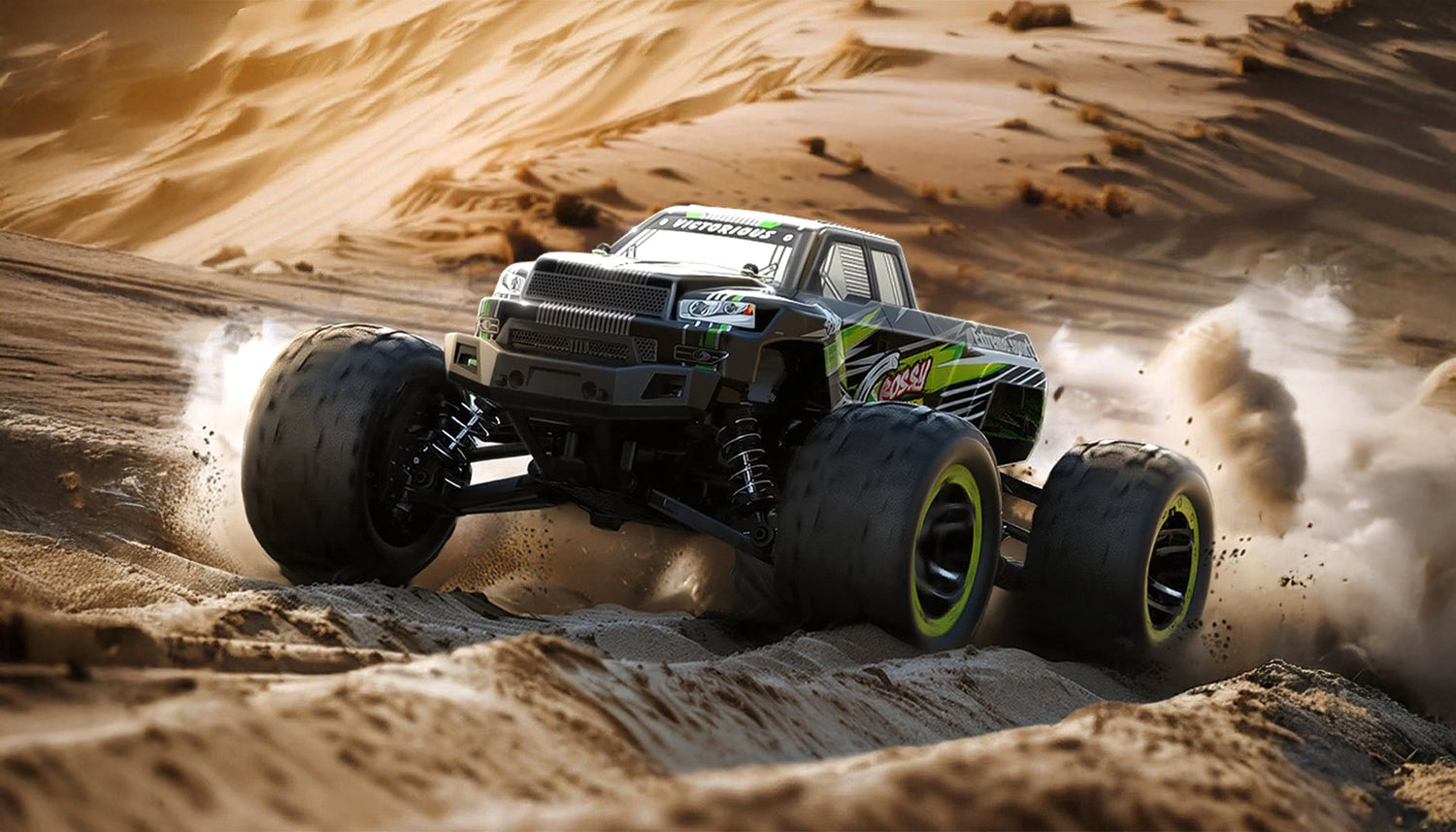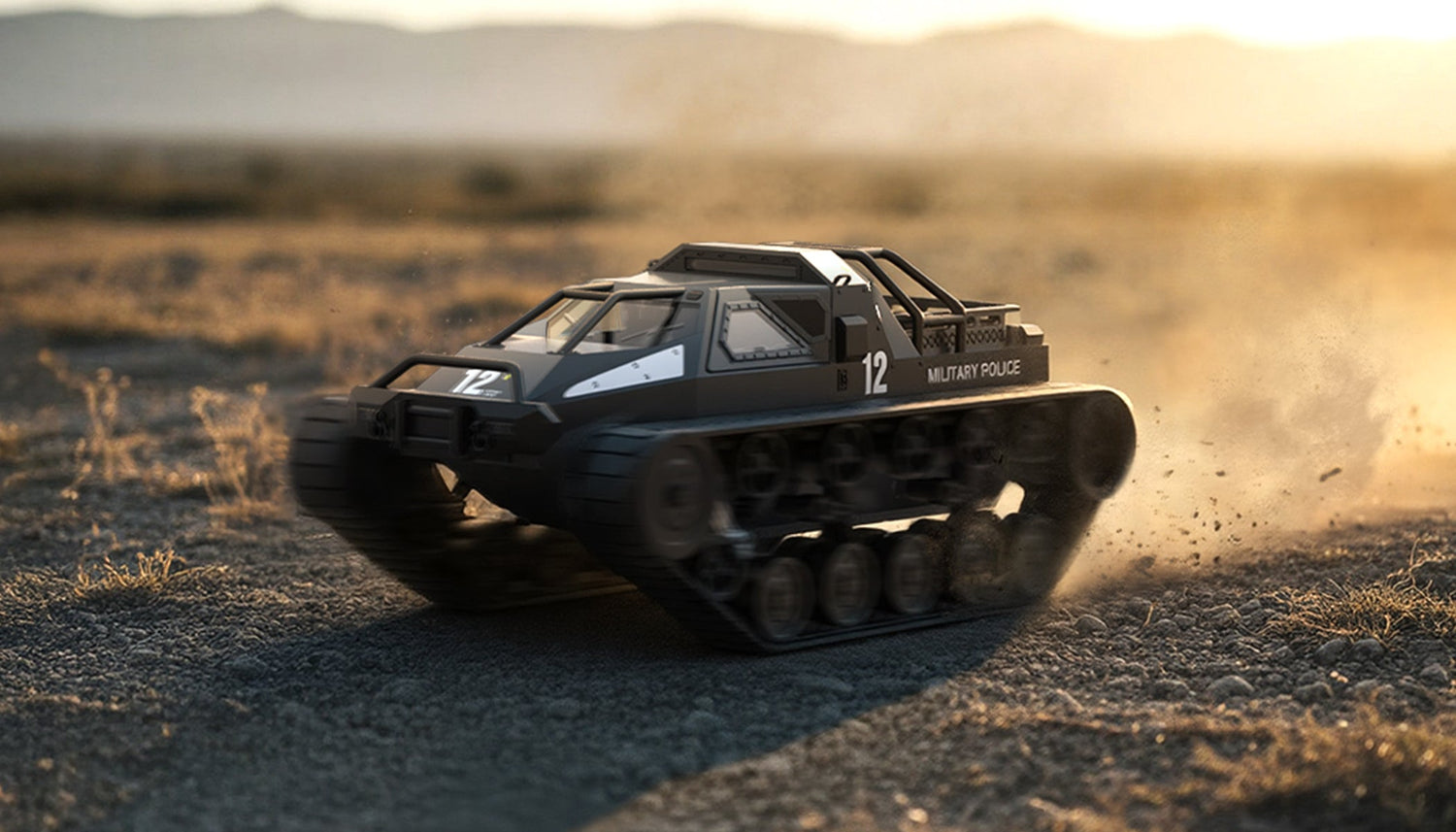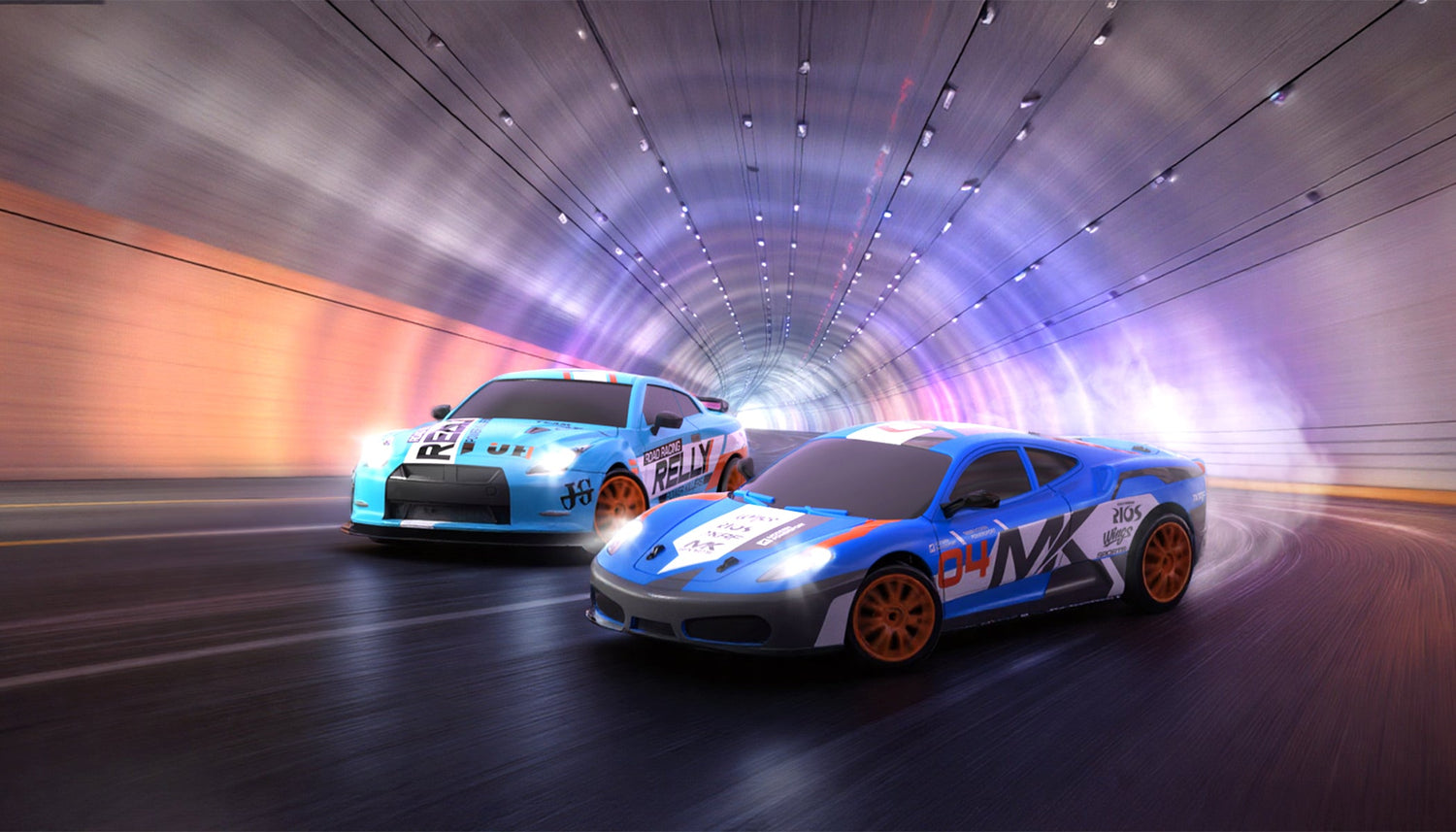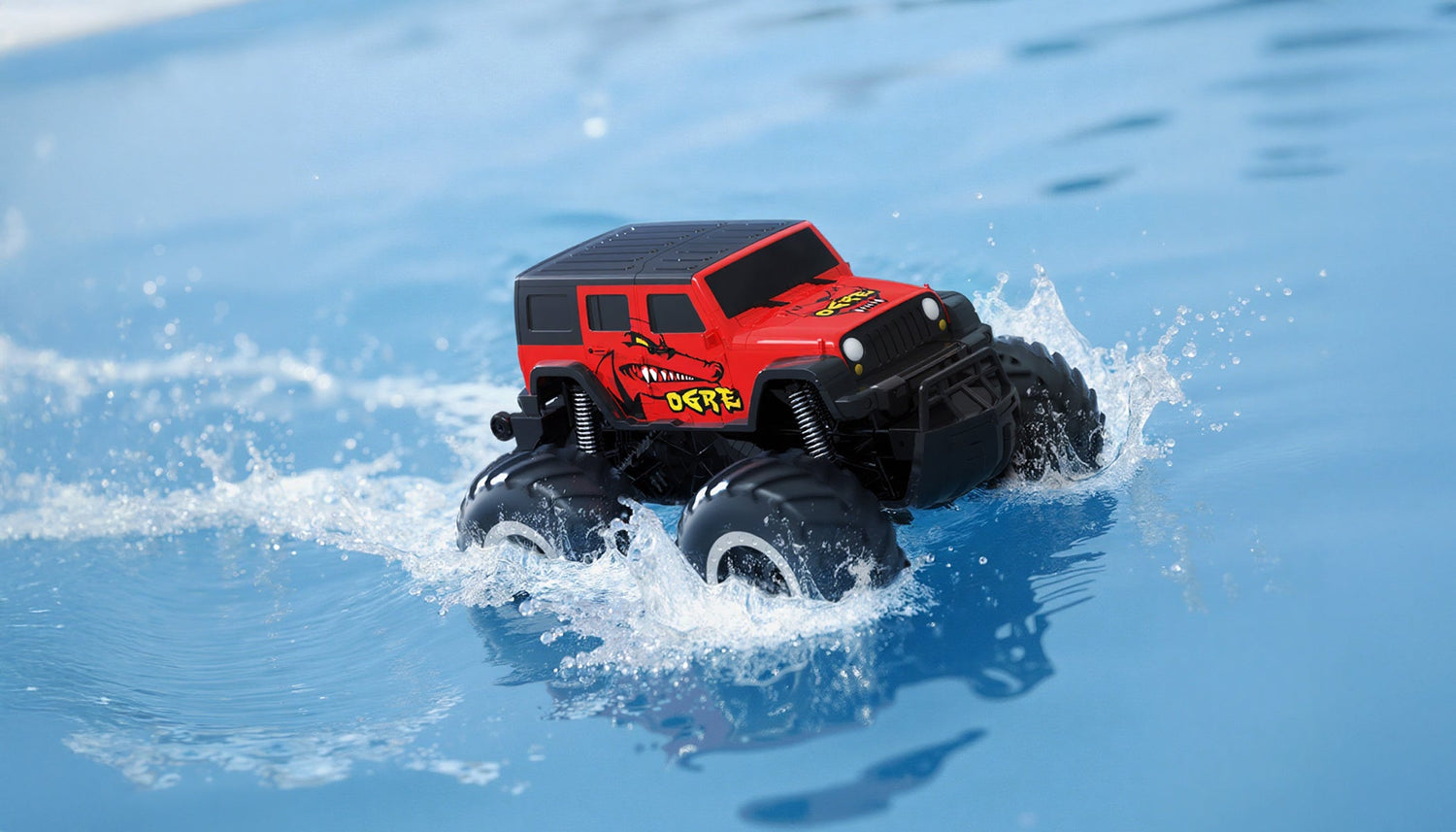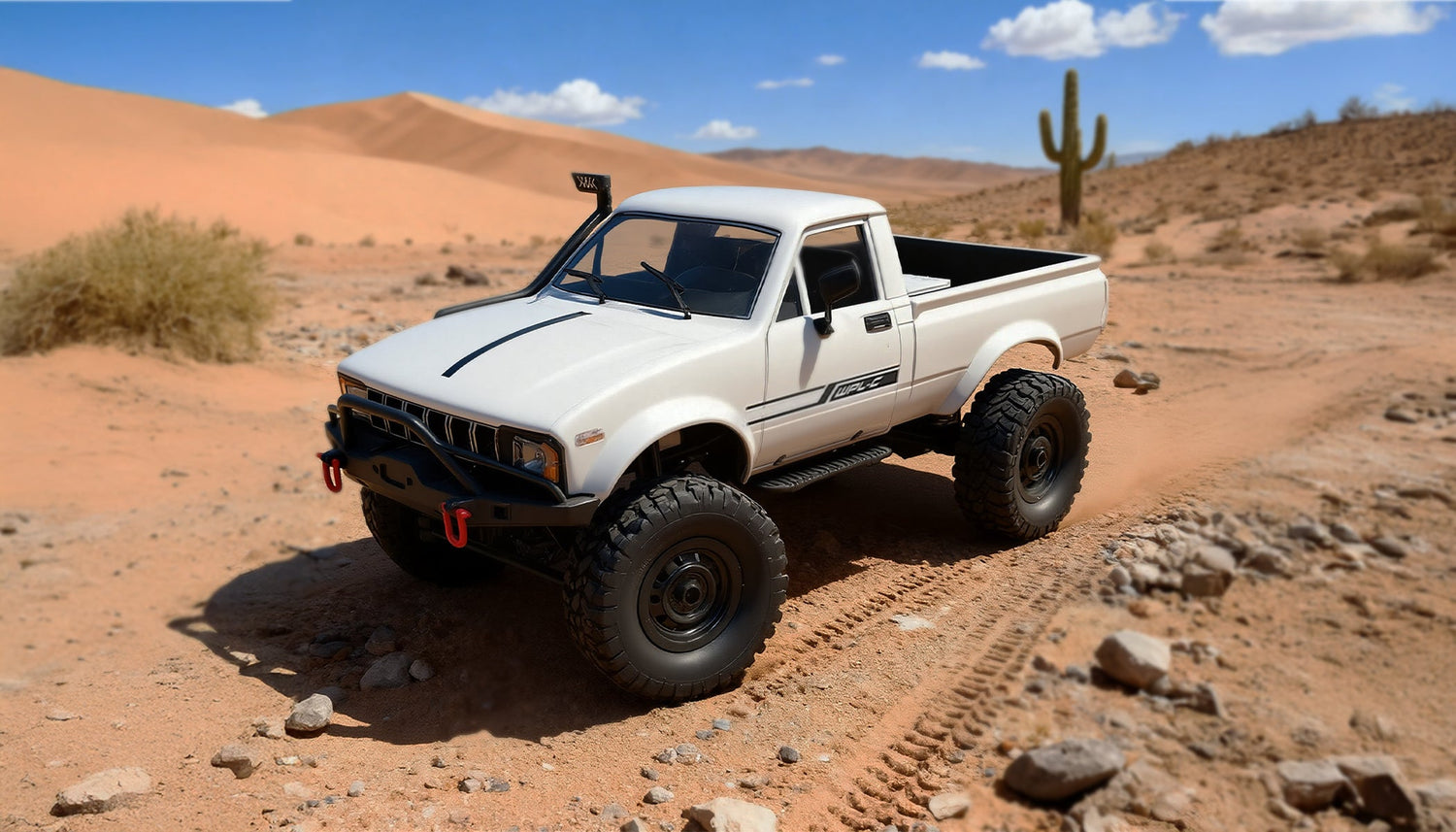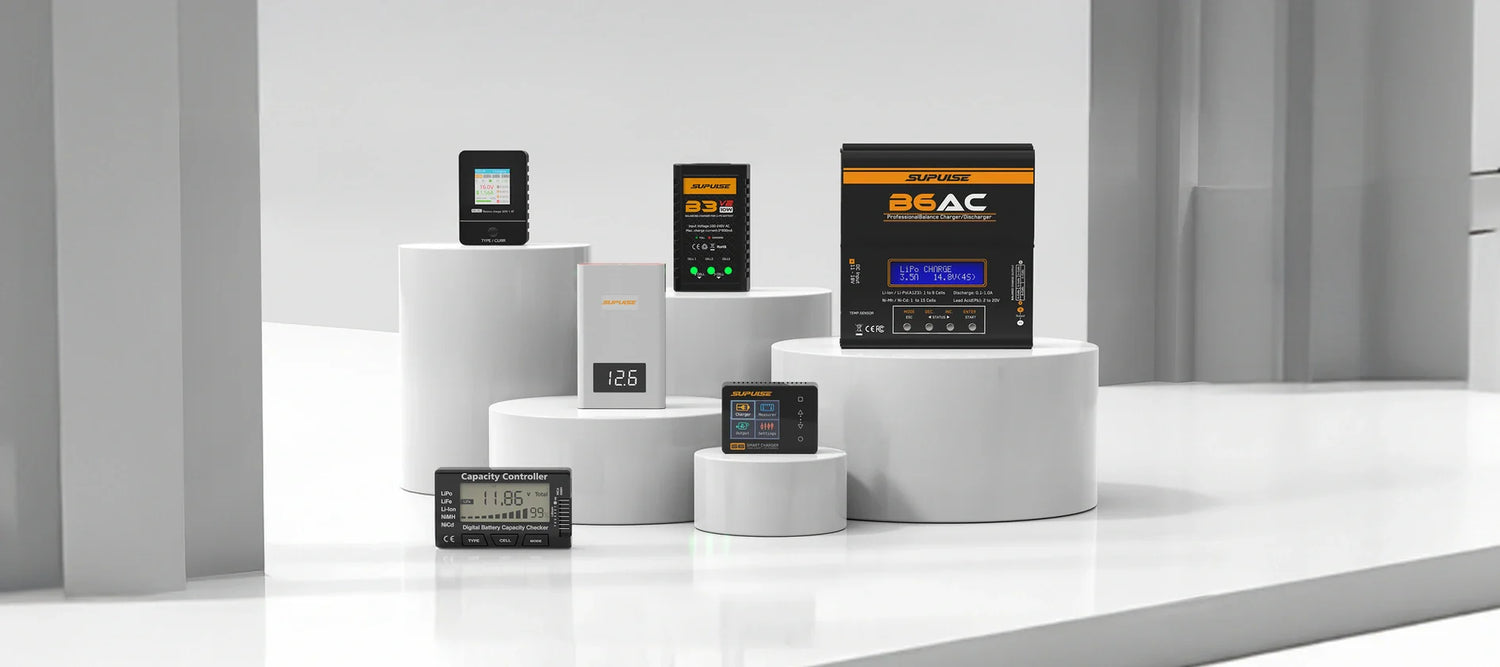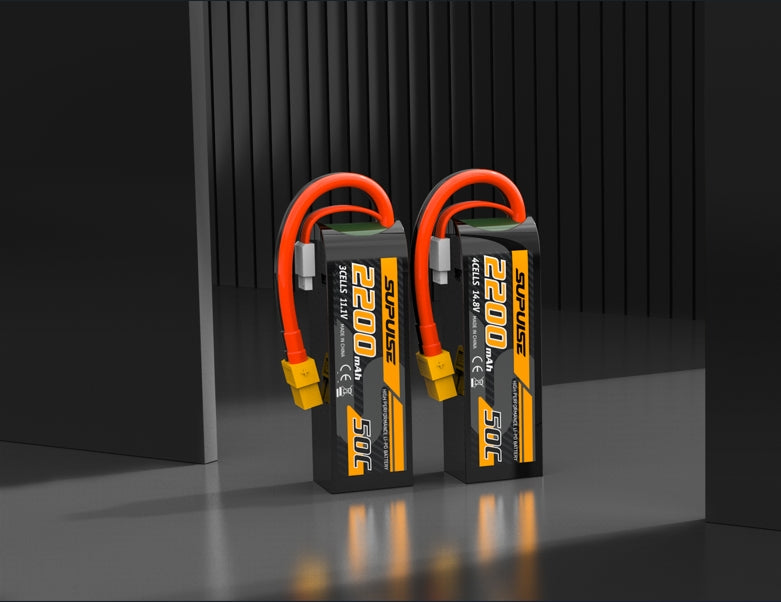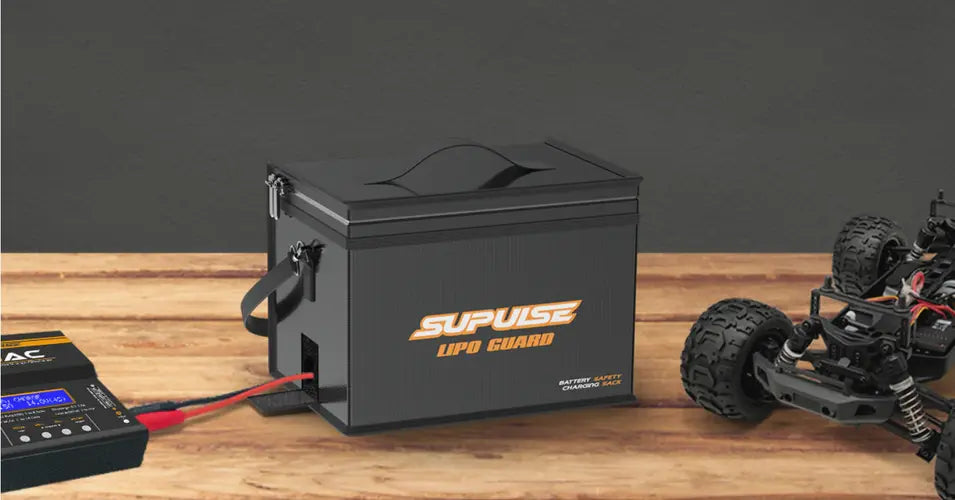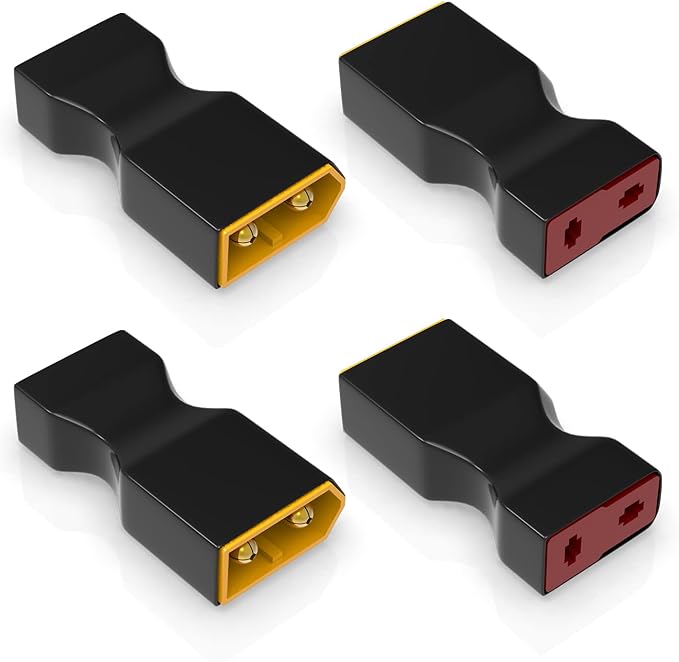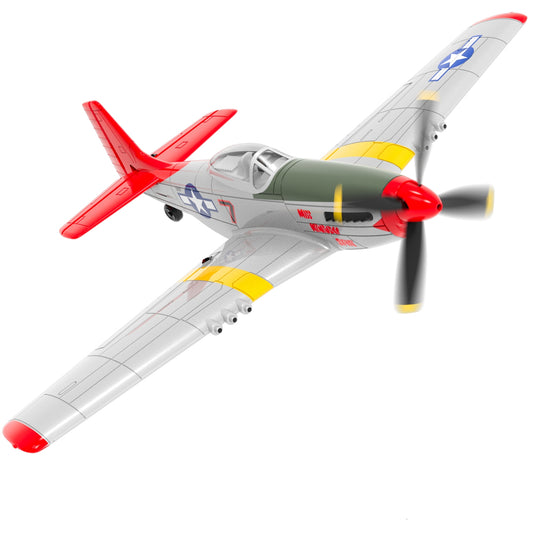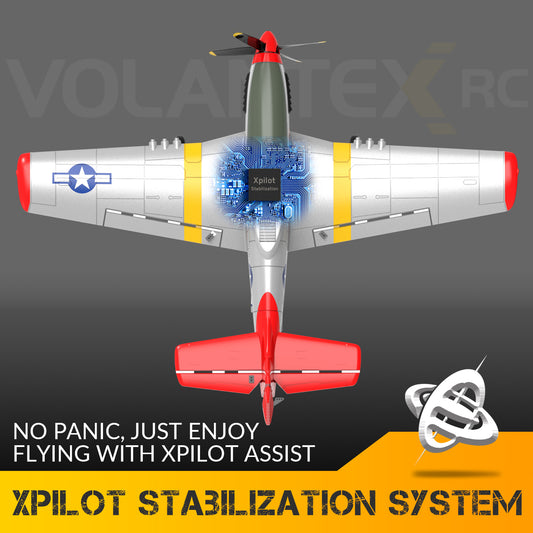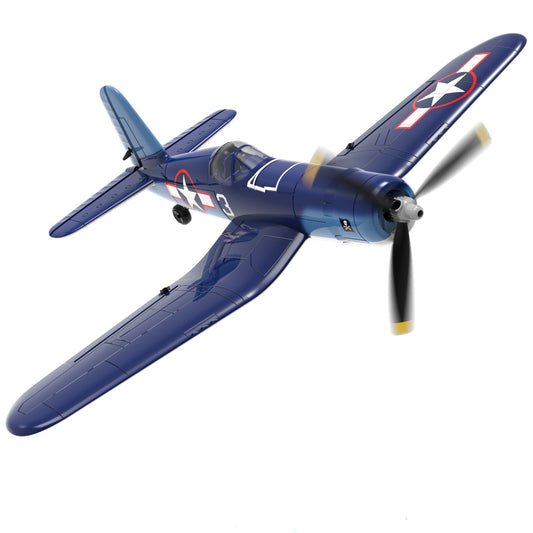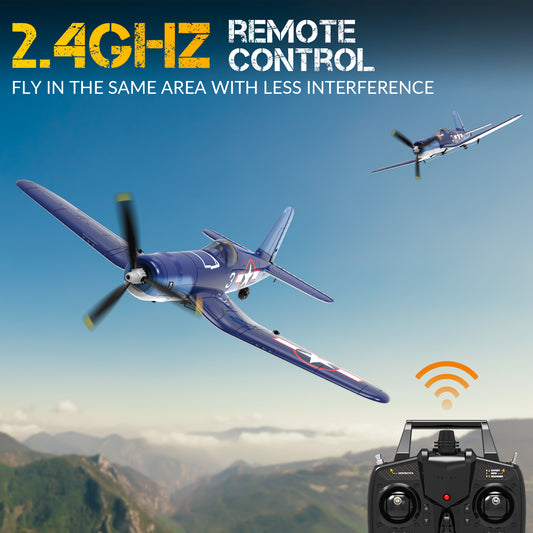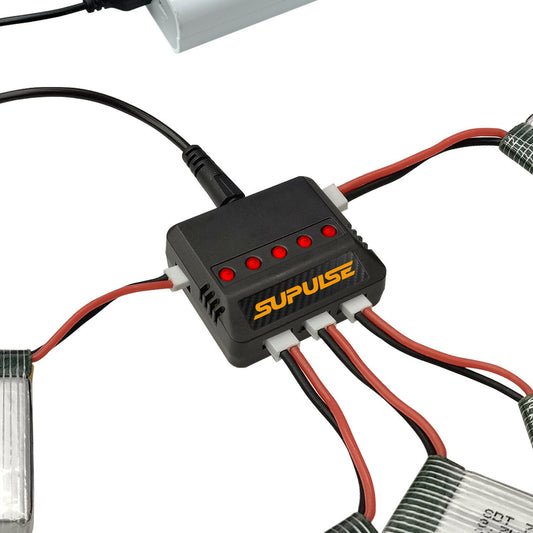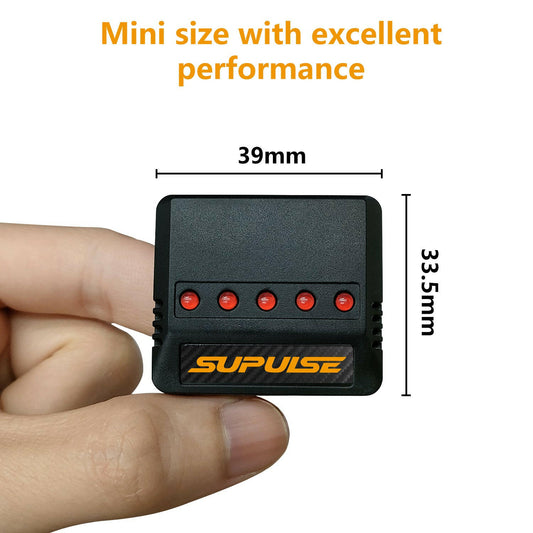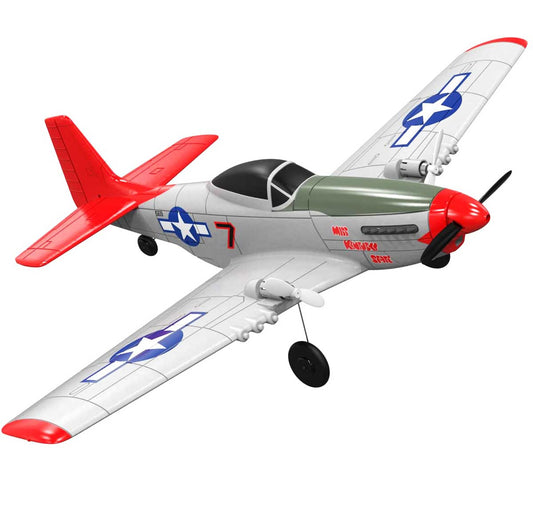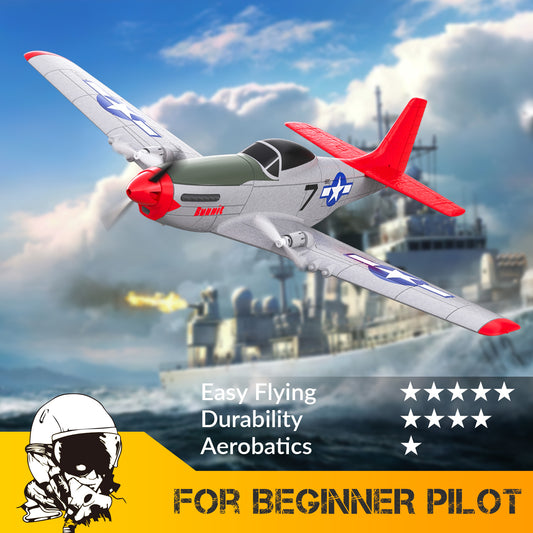RC planes, or radio-controlled aircraft, offer an engaging hobby for beginners and enthusiasts alike, especially with brands like Volantex RC providing rtf rc planes. This section delves into the factors influencing flight times, general expectations, and specific insights for Volantex RC models, ensuring a comprehensive understanding for those new to the hobby.
What Determines Flight Time?
Flight time, the duration an RC plane can remain airborne, varies based on several key elements. These include:
- Battery Capacity: For electric RC planes, the battery's capacity, measured in milliampere-hours (mAh), is crucial. A larger capacity means longer flight time, but it also adds weight, which can affect aerodynamics. For instance, a 500 mAh Li-Po battery, common in smaller Volantex models, supports flights of about 10 minutes, while larger batteries, like 2200 mAh, can extend this to 20-30 minutes in mid-sized planes.
- Plane Design: The design influences aerodynamic efficiency. Planes with low drag and high lift, such as gliders, can stay aloft longer with less power. Volantex's warbirds, like the P-51D, are designed for sport performance, which balances flight time with maneuverability, typically resulting in 10-15 minutes of flight.
- Pilot Skill: Experienced pilots can optimize flight time by managing power usage, flying at efficient speeds, or using natural air currents like thermals. Beginners might drain batteries faster due to less efficient flying, especially with frequent maneuvers.
- Weather Conditions: Wind, temperature, and humidity impact performance. Strong winds can force the plane to use more power for stability, reducing flight time. Calm conditions are ideal for maximizing battery life, a tip particularly useful for new flyers.
- Type of RC Plane: Different categories have varying flight times. Trainers and gliders often fly longer, around 15-20 minutes, due to their design for endurance. High-performance acrobatic planes might only manage 10 minutes due to higher power demands. Gas-powered planes, less common for beginners, can fly 15 minutes to over an hour, depending on fuel tank size.
General Flight Time Ranges
To give a clearer picture, here's a breakdown of typical flight times based on plane type and size:
| Plane Type | Typical Flight Time | Power Source |
|---|---|---|
| Small Electric Planes | 10-15 minutes | Battery (e.g., 500 mAh) |
| Mid-Sized Electric Planes | 20-30 minutes | Battery (e.g., 2200 mAh) |
| Large Electric Planes | 30+ minutes | Battery (varies) |
| Gas-Powered Planes | 15 minutes to 1+ hour | Gasoline |
These ranges are based on standard models available in the market, with flight times derived from product specifications and user reports. For example, small electric planes, often seen in park flyers, align with Volantex's beginner models, while gas-powered options are more for advanced users due to complexity.
Volantex RC Planes: A Closer Look
Volantex RC focuses on beginner-friendly, ready-to-fly (RTF) RC planes, making them ideal for those new to the hobby. Their lineup includes popular models like the P-51D Mustang, F4U Corsair, and T28 Trojan, all designed for ease of use and durability.
- Typical Flight Time: For Volantex's smaller planes, such as the P-51D and F4U Corsair, which use a 500 mAh Li-Po battery, flight time is approximately 10-12 minutes. This was confirmed through product pages on Volantex RC Official Website and Amazon listings, where user reviews also mention similar durations. For instance, a review of the P-51D "Miss America" noted 10+ minutes with its 500 mAh battery.
- Larger Models: Volantex offers larger planes like the Ranger 1600, a 1600mm wingspan FPV aircraft. As a plug-and-play (PNP) model, it requires users to provide their own battery, allowing for potentially longer flight times, possibly 30 minutes or more with a high-capacity battery. However, these are more suited for experienced flyers due to their size and complexity.
- Battery and Efficiency: Volantex's design emphasizes lightweight materials like EPP foam, which helps maintain efficiency. The gear box system in some models, as noted in product descriptions, aims to save battery power, contributing to the stated 20 minutes in some listings. However, user experiences, such as a Reddit discussion on r/RCPlanes, suggest actual flight times can be closer to 10 minutes for smaller models, highlighting the importance of real-world testing.
Tips for Beginners to Maximize Flight Time
For those just starting, here are practical steps to get the most out of your RC plane's flight time:
- Choose the Right Plane: If long flights are a priority, consider gliders or endurance-designed planes. Volantex's trainer models are a good start, offering stable flight for learning.
- Battery Management: Always ensure batteries are fully charged before flying. Carrying spare batteries, like the 500 mAh Li-Po for Volantex planes, can extend your flying session. Product pages on Amazon.com often include battery options for purchase.
- Fly Efficiently: Avoid high-speed maneuvers, which consume more power. Fly at a steady speed to conserve energy, especially in beginner mode, which many Volantex planes offer with gyro stabilization.
- Weather Conditions: Choose calm days for flying to reduce power usage. Windy conditions can shorten flight times, so check the weather forecast before heading out.
Broader Context and User Insights
The hobby of RC planes has evolved, with electric models becoming more popular due to their ease of use and environmental benefits compared to gas-powered options. Discussions on platforms like RC Universe forums and Quora (How long can an RC plane fly?) highlight that flight times can vary widely, with some users reporting 15-20 minutes for average-priced planes, aligning with our findings for mid-sized models. However, for beginners, starting with Volantex's RTF RC planes ensures a straightforward entry, with flight times of 10-12 minutes being typical and manageable for learning.
An interesting observation is the discrepancy between product claims and user experiences. While some Volantex product pages suggest 20 minutes, user reports, such as on Reddit, often cite 10 minutes, suggesting that real-world conditions like wind or pilot technique can affect outcomes. This underscores the importance of testing and adjusting expectations, especially for new flyers.
In conclusion, understanding RC plane flight times involves considering multiple factors, from battery capacity to pilot skill. For Volantex RC's beginner models, expect around 10-12 minutes, with opportunities to extend this through larger batteries or efficient flying practices. This knowledge equips new hobbyists to choose wisely and enjoy their flying experience to the fullest.

